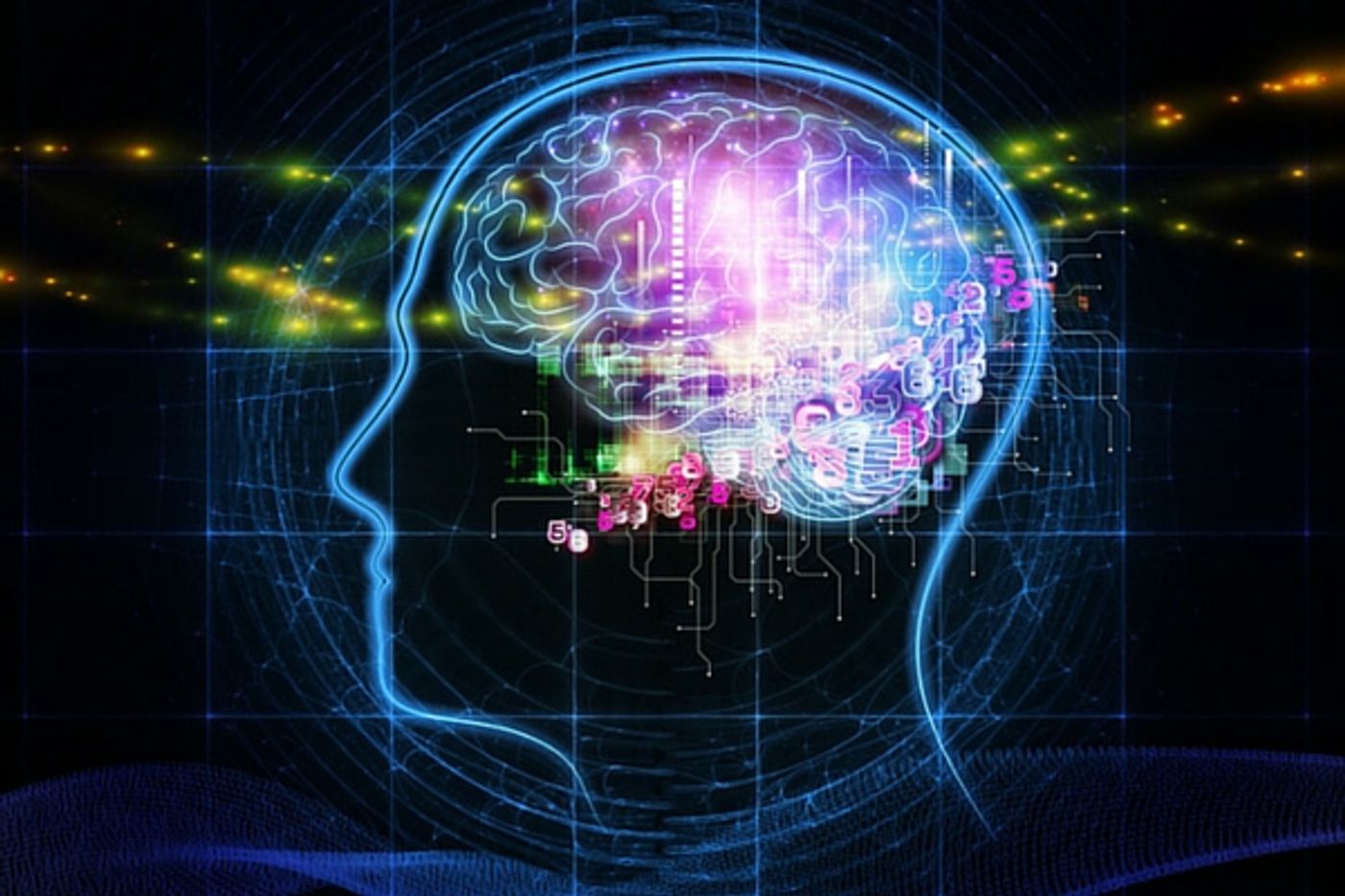New Areas of the Brain
“My what a big brain you have!” While it’s true that the big bad wolf never said this to Little Red Riding Hood, it could be said by members of a research team who have just completed the most detailed map of the brain to date. The brain’s outer surface area, known as the cortex, has been found to have 180 different and distinct areas. This is twice the number of areas that had previously been identified. In addition to finding these new regions of the brain, there is software that can detect each area by reading a person’s brain scan and recognizing the unique structure of each, much like a fingerprint. Their research was published July 20, 2016 in the journal Nature.

The new information on the cortex was discovered in a project funded by the National Institutes of Health through its Human Connectome Project (HCP). The software was able to accurately map the brain by taking data from multiple scans and matching up corroborating information. What do the numbers say about the study? A press release confirmed that the accuracy was 97%, having uncovered 97 new areas in the brain and verifying the 83 that were already known.
Previously, information on how the human cortex is organized was gathered by analyzing brain tissue after death. Because this method is not entirely accurate, it was difficult to then match up imaging data and findings to what was seen on the microscopic examinations of tissue. The team of researchers on the HCP study wanted to figure out a way that cortical architecture could be mapped as accurately as possible. They started with 210 healthy participants and conducted brain scans which measured cortex thickness, cortex myelin content as well as activity, connectivity, and topography. In addition to traditional MRI scans, the team used both task and resting-state functional MRI (fMRI) scans.
In order to verify the findings, they completed the same sets of scans on another group of 210 health participants of the same age and genders of the first group, so the data actually cross-verified. While there were some small differences in some individuals, the data was clear and the new information about the brain will go a long way towards understanding brain function.
The study’s lead author Dr. Matthew Glasser Ph.D., of Washington University in St. Louis, compared the new process of MRI scans to advances in astronomy. In a press release he stated, “The situation is analogous to astronomy where ground-based telescopes produced relatively blurry images of the sky before the advent of adaptive optics and space telescopes.”
Bruce Cuthbert, Ph.D., acting director of NIH’s National Institute of Mental Health (NIMH), which co-funded the research as part of the HCP stated how the new information could be used in the treatment of disease and injury saying, “These new insights and tools should help to explain how our cortex evolved and the roles of its specialized areas in health and disease, and could eventually hold promise for unprecedented precision in brain surgery and clinical work-ups.” The video below explains more about the landmark discovery of these new brain regions, check it out.








